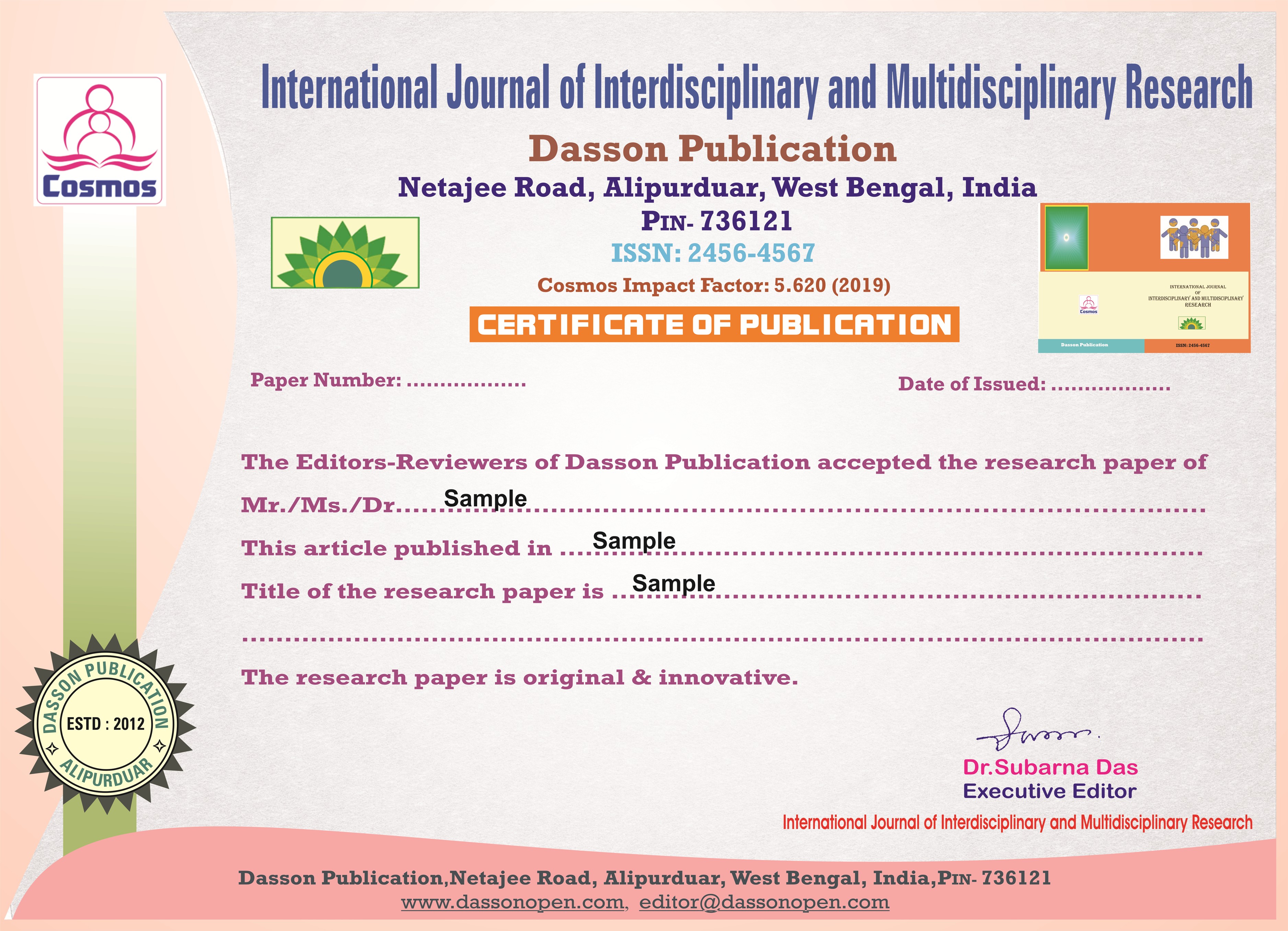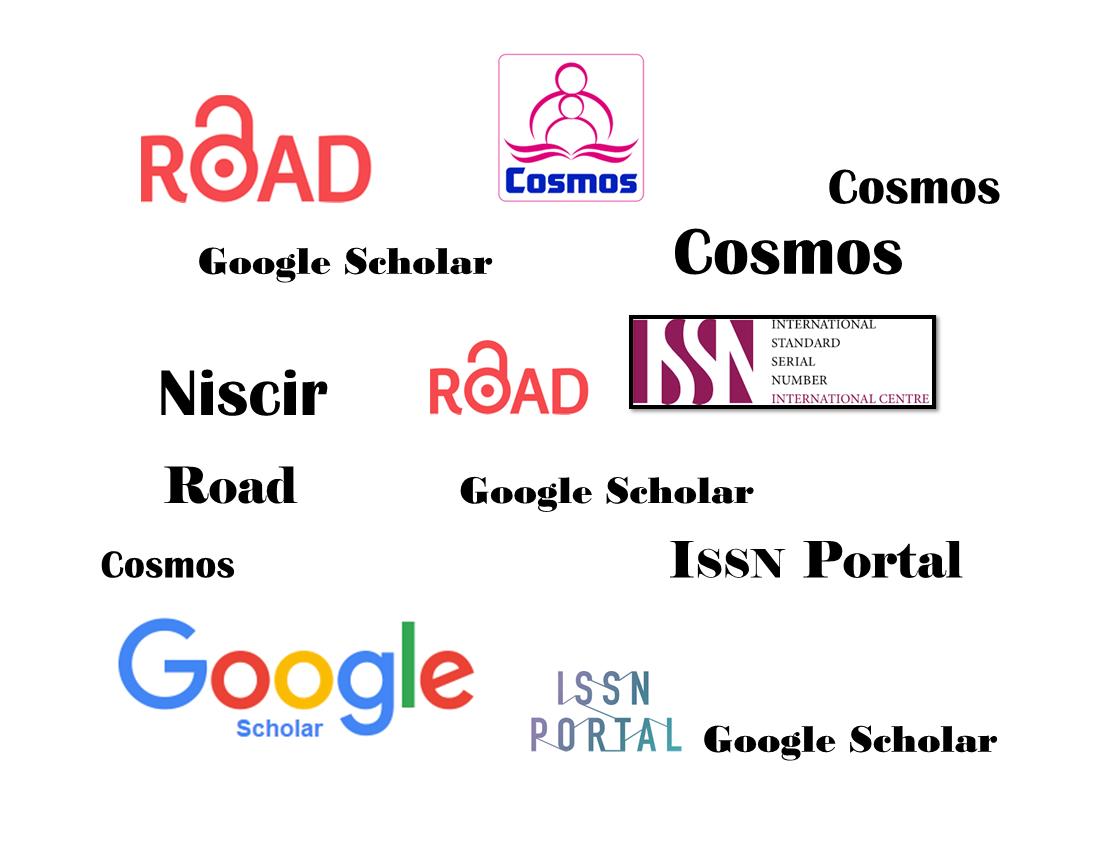AUTHOR GUIDELINES
Some points:
Manuscript requirements
Before you submit your manuscript, it’s important you read and follow the guidelines below and ask you to visit our site.

| Format | Research Paper should Submited in Microsoft Word format |
| Language | We only accept the manuscript written in English. Author can use both American and British version of English, but not mixture |
| Article length or word count | Articles should be between 4000 and 6000 words in length and maximum 30 Pages . This includes all text, for example, the structured abstract, references, all text in tables, and figures and appendices. |
| Article title | A concisely worded title should be provided. |
| Author details |
|
| Structured abstract | The maximum length of your abstract should be 500 words in total. |
| Keywords | Your submission should include 5 to 10 appropriate and short keywords that capture the principal topics of the paper. |
| Heading and Sub-heading | Heading: All heading must be bold-faced, Sentence Case, aligned left with 12 point-Times New Roman and sub-heading in 10 point.
|
| Figures
| All figures should be submitted in JPEG format. Both colour and black- white files are accepted. |
| References
| Example:
|
|
|
Before you submit your manuscript, it’s important you read and follow the guidelines |


